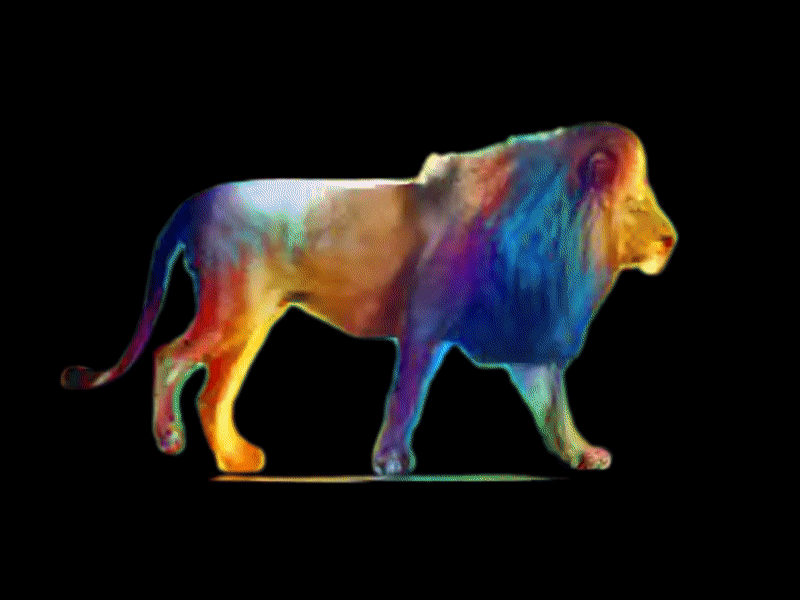This repository contains two separate systems for neural style transfer: real-time-style and multi-style. The dependencies and instructions for each are detailed below.
This system performs neural style transfer for videos in real-time using a pre-trained feedforward convolutional neural network. The architecture is based on the paper "Real-Time Neural Style Transfer for Videos" by Huang et al. It is built to train a model that will stylize arbitrary content based on a single style image.
The system was written in Python, and it uses the Pytorch library for deep learning. Additionally, it requires several python packages that can be installed via pip: torchvision, PIL, matplotlib, and cv2.
It is advised to train the model with a GPU, since the process is very slow on CPU. GPU capability requires additional dependencies. For an NVIDIA based GPU, they are CUDA 6.5+ and the cudnn backend for pytorch. We tested the code on an NVIDIA Titan Xp GPU, running on a Linux server with CUDA 9.0.
Before training, you must download a dataset of content videos. We have included a videocrawler.py script, which scrapes 100 random videos from Videvo.net. To use this script, make sure to set a proper save path at the top of code.
In train_stylization_network.py, set the proper paths for the content_path of these downloaded videos and the style_img to train the stylization (we have included example style images in the images folder). To train the stylization network to stylize a video with this style, run the script train_stylization_network with the command:
python3 stylization_network.py
The script will save checkpoints of the model after training with the frames of each video. These .pth files will be located in the models folder. To resume training with a previous checkpoint, set model_load_path to the appropriate .pth file and set load_model to True.
Once a model has been trained, you can test its stylization with the stylize_video.py script. Set video_path to the video to stylize in real-time (we have included an example video in the videos_to_stylize folder). Then set model_path to the .pth checkpoint file that you would like to test (we have included example models in the folder models). Run the script with the command:
python3 stylize_video.py
The script will display the result of stylizing each frame of the input video on loop.
This is a neural style transfer system that allows style videos. It takes as input a content video and style video and generates an output video with a dynamic style. To stylize each frame, it uses the neural-style.lua script created by Johnson et al., found from this repository.
The script is written in Python. It requires Pytorch, as well as the python packages PIL, plt, and cv2. It calls Johnson's stylization script internally, which requires torch7 and loadcaffe. To stitch the resulting stylized frames into a video, the command line tool ffmpeg is required.
First, you must download the VGG-19 model required for image stylization by running the command:
sh models/download_models.sh
Set the desired paths for content_video and style_video at the top of multi_style_transfer.py. We have included several example videos in the folders content_videos and style_videos. Then run the program with the command:
python3 multi_style_transfer.py
In an output folder labeled with the current date and time, the program will output the content frames, style frames, resulting stylized frames, and final stylized video.
